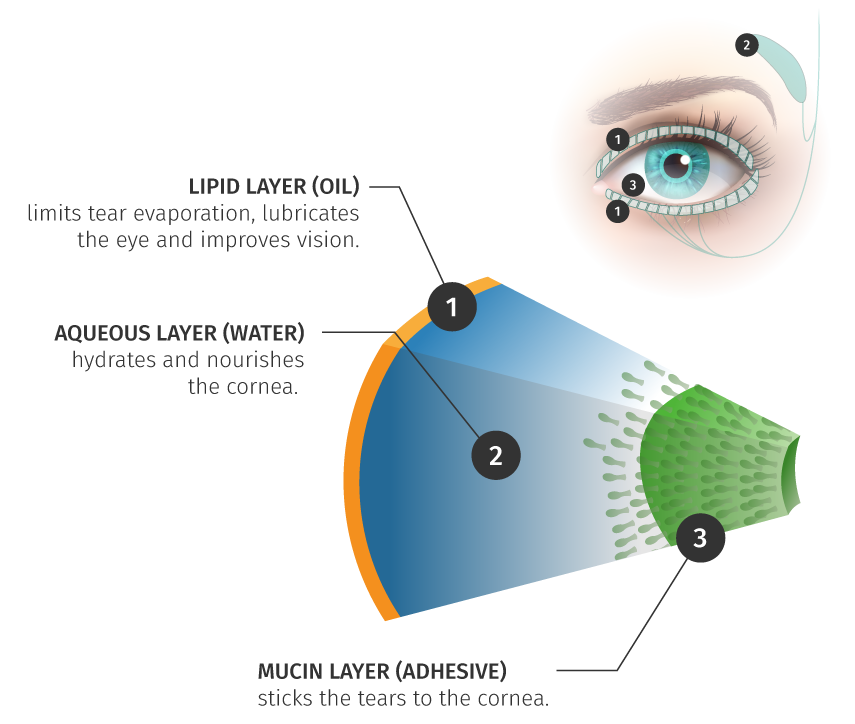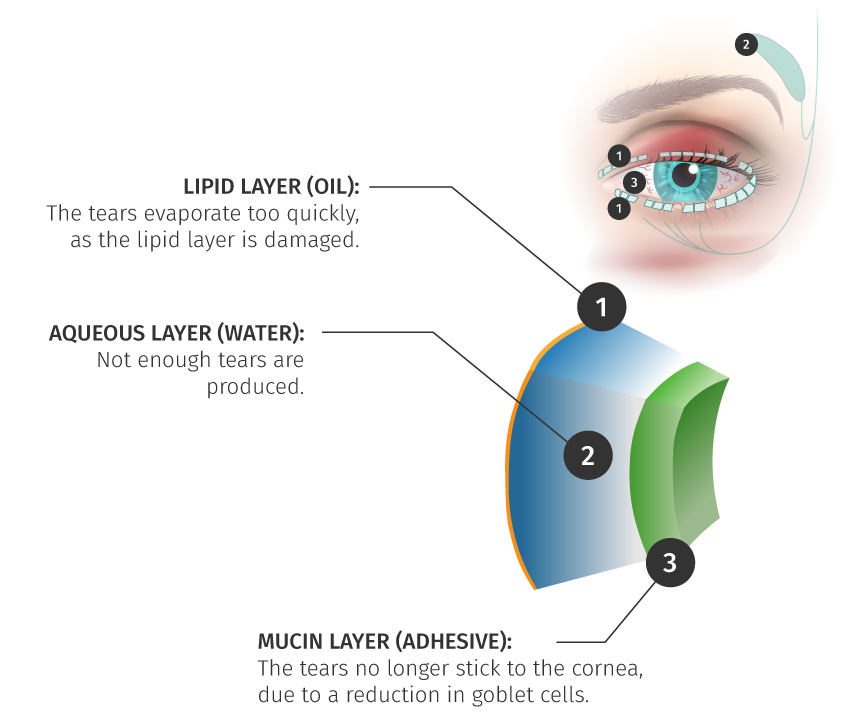What is dry eye?
Dry eye is one of the most common reasons for consulting an ophthalmologist, after sight tests. This very common disease affects the surface of the eye and the eyelids. There are several different kinds of dry eye:
Evaporative dry eye
Aqueous deficient dry eye
Mixed dry eye
The most common form is evaporative dry eye (over 80% of cases).
What do these typesof dry eye involve?
- Abnormal tear evaporation, due to insufficient lipids (oil)
- Insufficient tear production, due to insufficient water in the tears
- Unbalanced tear composition
- Low frequency, incomplete blinking
- Inflammation of the eyelids
What are the meibomian glands?
The meibomian glands are small glands located in the upper and lower eyelids that secrete the lipid layer of tears. Dry eye associated with meibomian gland dysfunction is the most common form of dry eye and results in:
- Reduced lipid (oil) production
- Poor quality oil: the oil hardens and blocks the meibomian glands, meaning it cannot be released
- Obstruction and atrophy of the meibomian glands
The resultant thinning of the lipid layer leads to excessive evaporation of the aqueous layer (water).
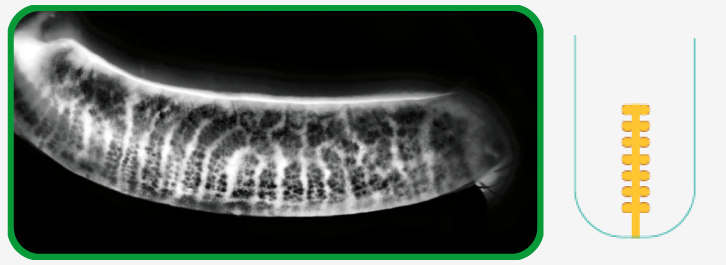
0% loss
Healthy patient

1 à 25% loss
Signs of malfunction
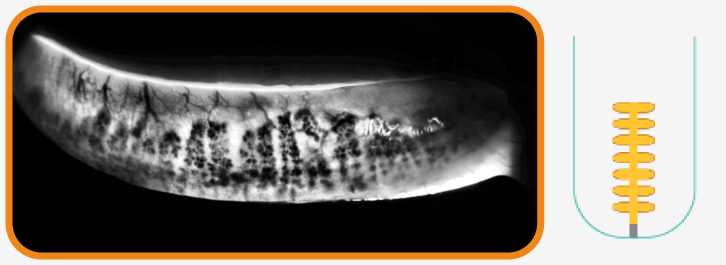
26 à 50% loss
Pathological patient
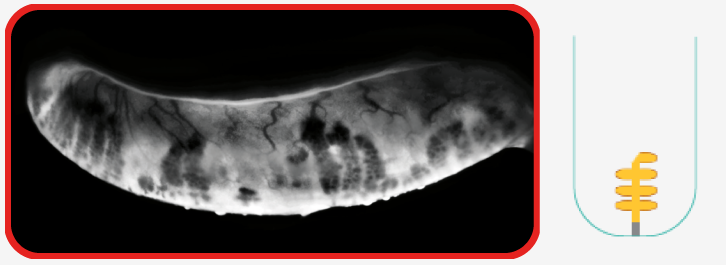
51 à 75% loss
Pathological patient
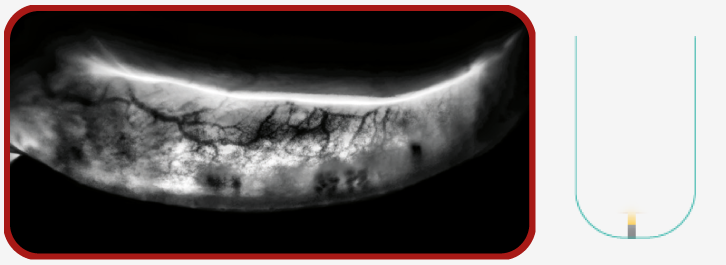
76 à 100% loss
Pathological patient
What are the symptoms of dry eye?
What are the symptoms of dry eye?
- Dry eye sensation, stinging, itching, irritation, burning, gritty feeling
- Visual fatigue, blurred vision
- Sensitivity to light, wind or cigarette smoke
- Difficulty opening eyes in the morning (eyelids stuck together)
- No tears when cutting onions or feeling emotional
- Excessive watering in windy or cold weather, or when reading
- Difficulties wearing contact lenses
- Eyelid conditions (chalazion, styes, blepharitis, MGD, Demodex etc.)
But sometimes dry eye has no symptoms.
Eyes feel dry
Excessive watering
Eyelids stuck together
Problems with vision
What causes dry eye?
Dry eye can affect anyone, and has a wide range of causes:

AGE

HORMONE IMBALANCES

HEAVY SCREEN USE

MEDICATIONS

EYE SURGERY

ENVIRONMENTAL CONDITIONS

CONTACT LENS USE

DEMODEX INFECTIONS
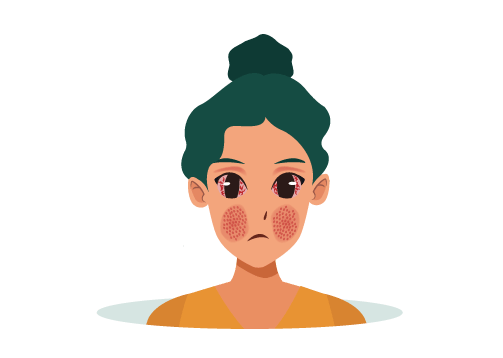
INFLAMMATION

AUTOIMMUNE DISEASES

EXCESSIVE MAKE-UP
Unsure? Take the test and get your results in a few clicks
Think you may have dry eye? Take two minutes to assess your symptoms using the DEQ-5 questionnaire (five questions) provided on our site.

DEQ-5
How is dry eye diagnosed and treated?
New imaging tests and IPL (intense pulsed light) treatments—all completely painless—are now available alongside a range of other diagnostic and treatment options for dry eye.
